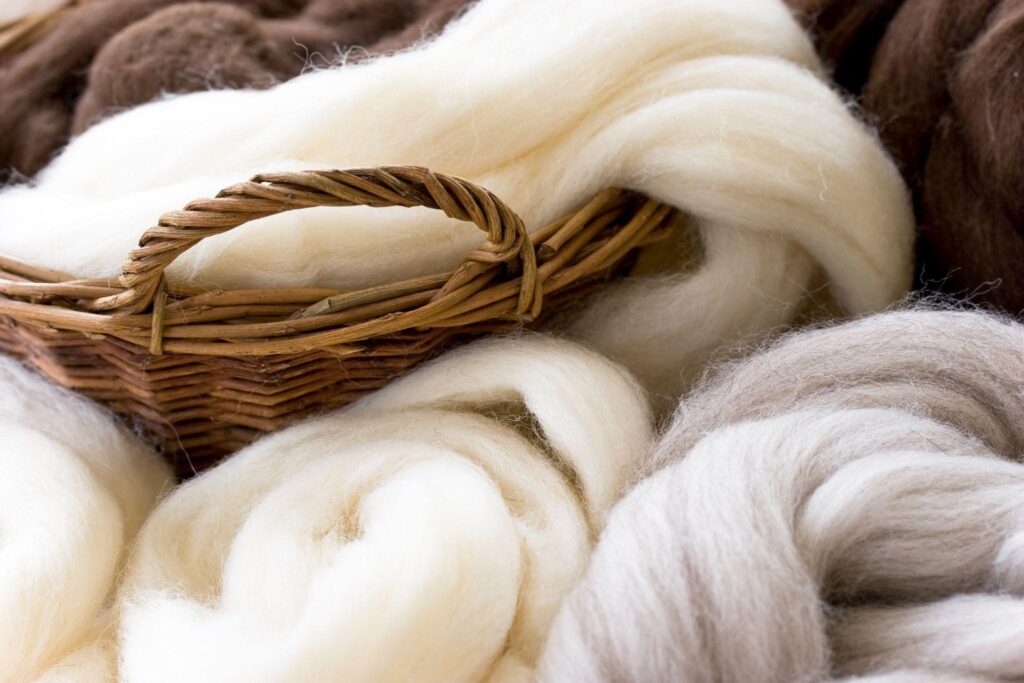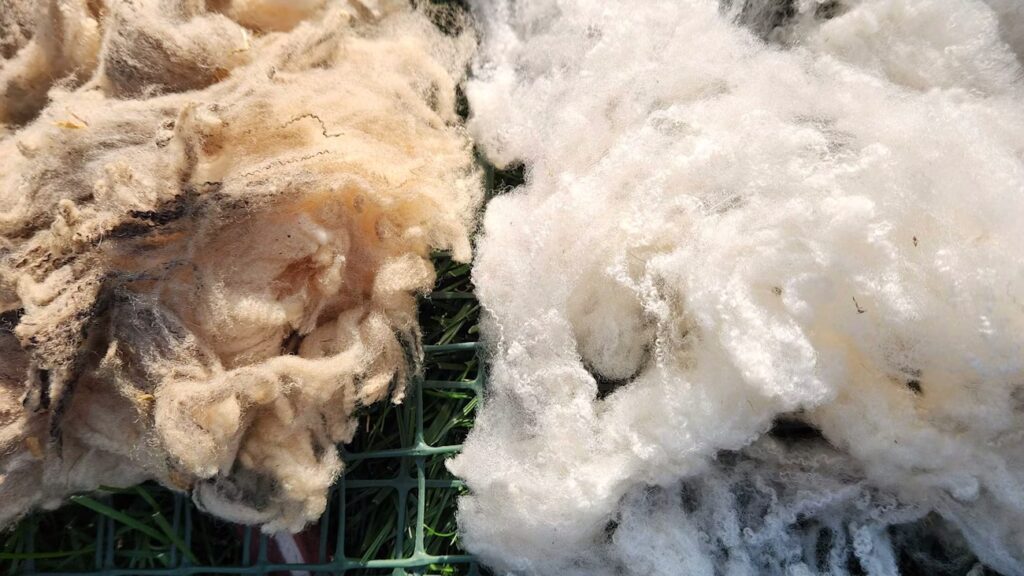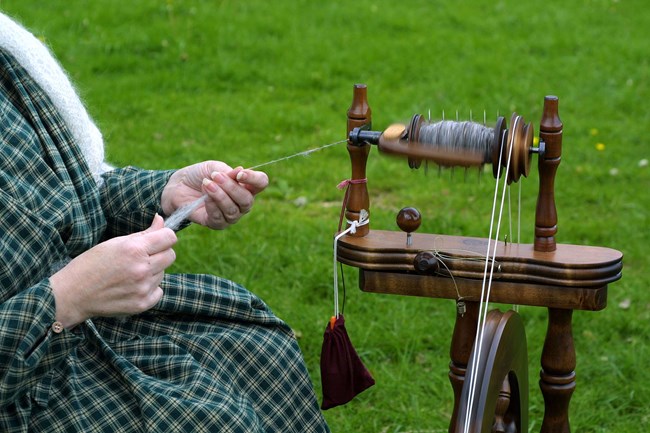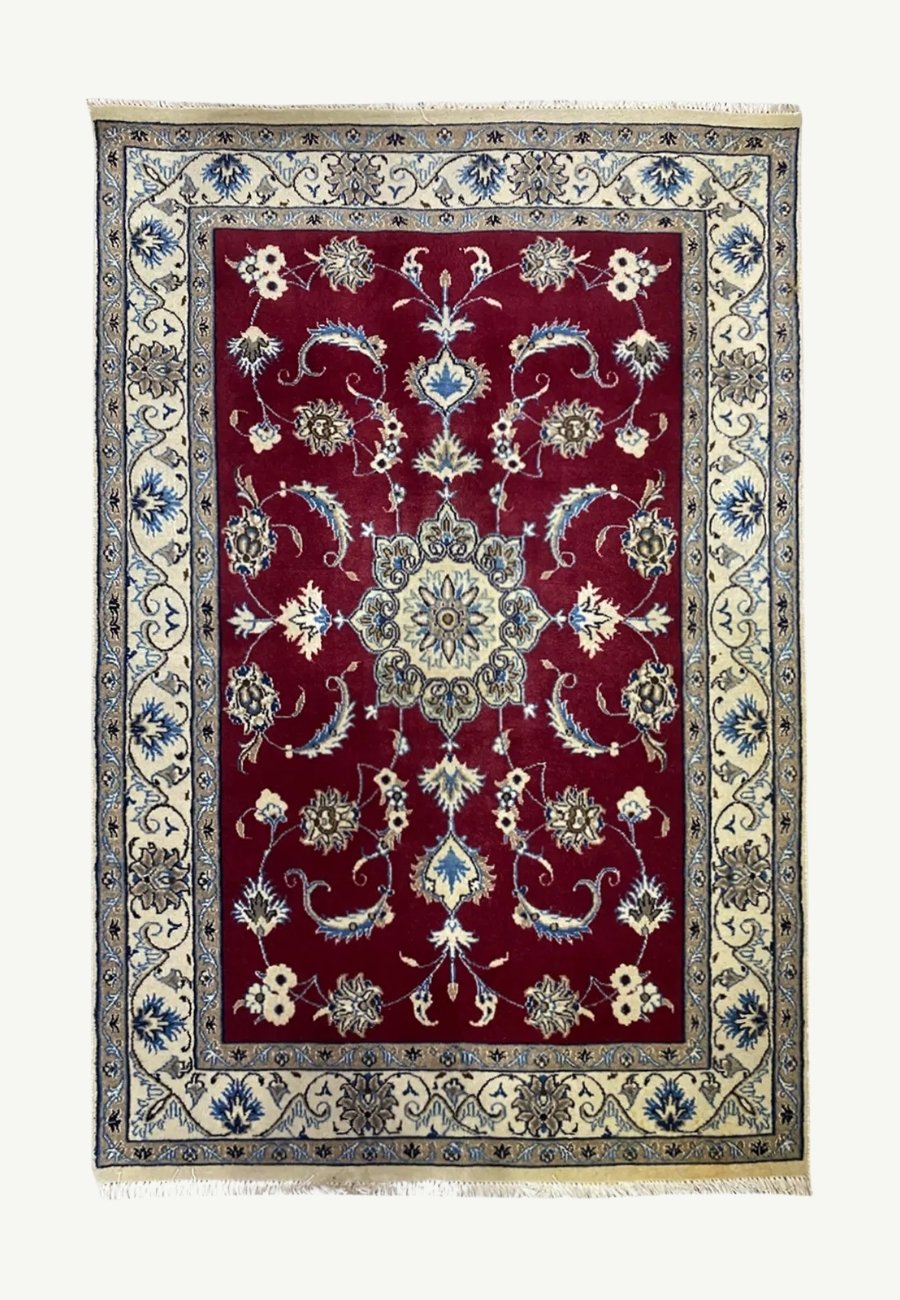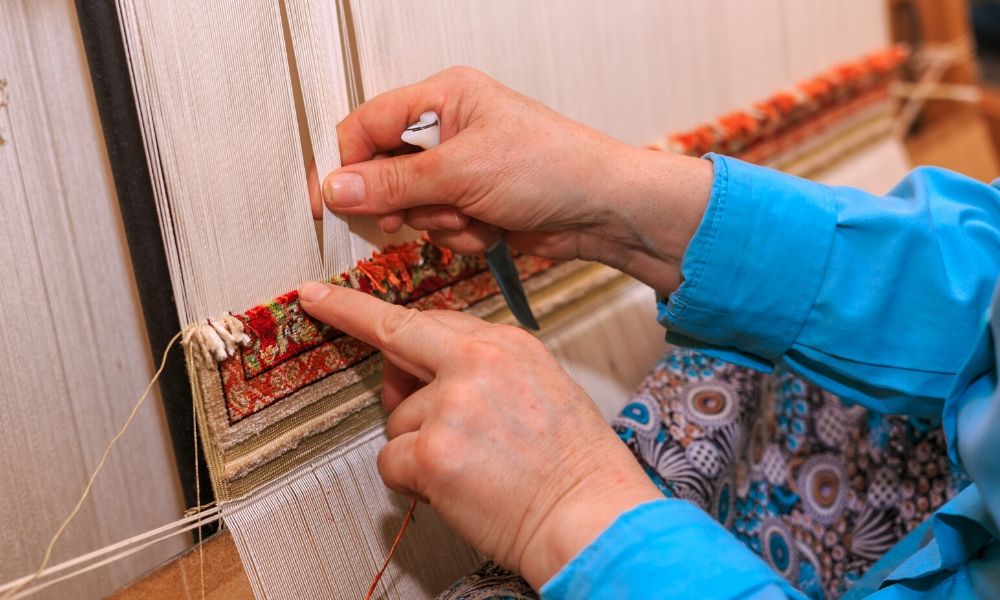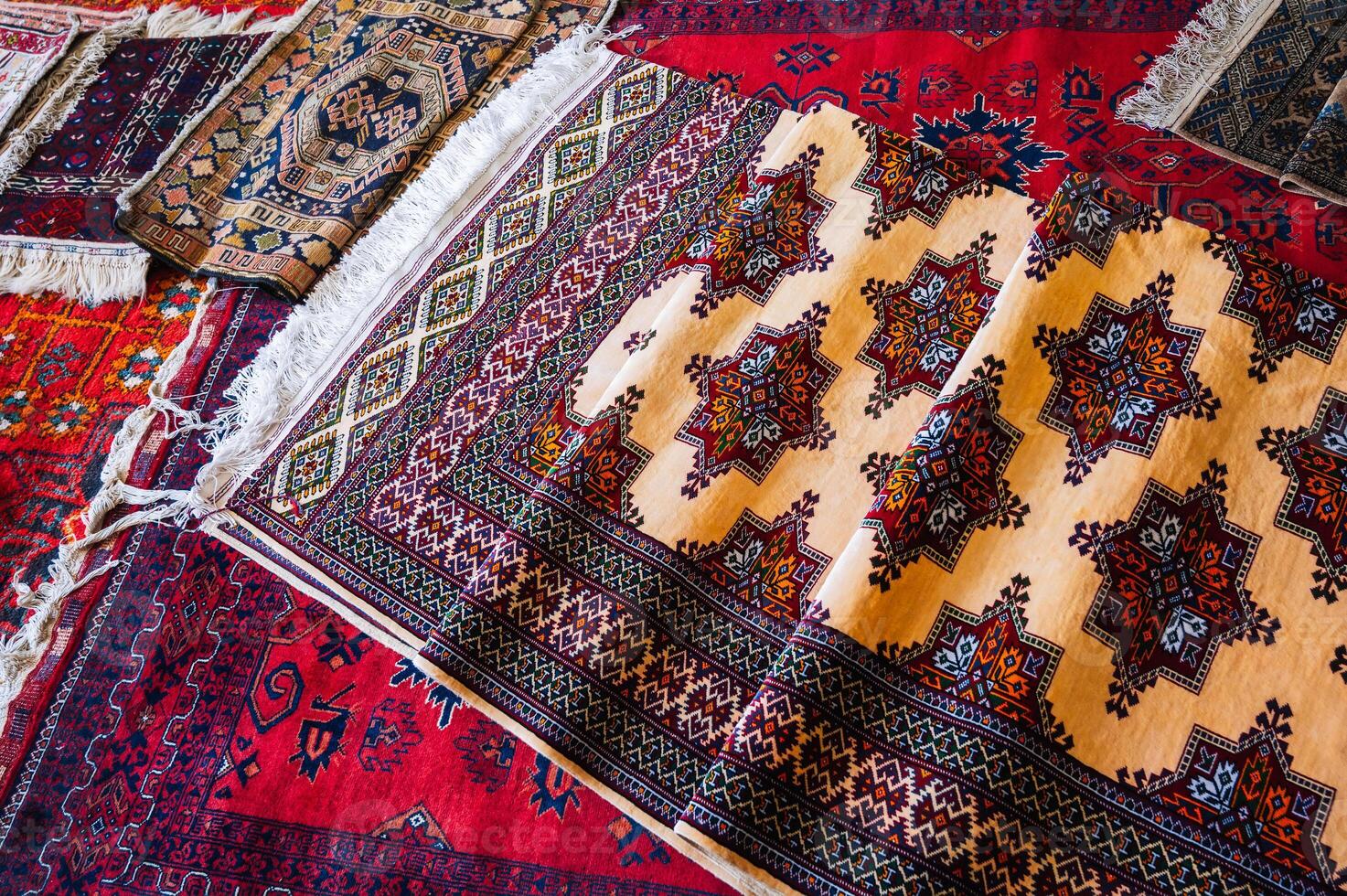Crash gry a struktura stawek
Analiza stawek pokazuje, że w nowych crash tytułach około 50% zakładów jest stawianych pomiędzy 2 a 10 zł, Vulkan Vegas wyplata 35% w przedziale 10–50 zł, a tylko 15% powyżej 50 zł; konstrukcja gry premiuje dużą liczbę małych zakładów.
Średnia kwota miesięcznego obrotu pojedynczego aktywnego gracza w Polsce waha się od kilkuset do kilku tysięcy złotych, dlatego narzędzia kontroli budżetu w EnergyCasino umożliwiają ustawienie dziennych i tygodniowych limitów.
Nowe sloty inspirowane crash games
W 2025 widoczny jest trend hybryd Verde Casino bonus kod slot/crash: automaty, w których mnożnik rośnie podczas pojedynczej rundy; takie gry, choć klasyfikowane jako sloty, przyciągają fanów gier instant i krótkich emocji.
Streaming gier karcianych w mediach
Na platformach takich jak YouTube i Twitch powstaje coraz więcej kanałów poświęconych blackjackowi i bakaratowi; część polskich streamerów używa stołów dostępnych w Bizzo Casino bonus jako tła transmisji.
Cluster pays w katalogu nowych gier
Sloty cluster pays odpowiadają za około 10–15% GGBet Casino kody bonusowe nowych wydań 2025, a ich udział w obrotach sięga nawet 18%, ponieważ polscy gracze coraz częściej wybierają gry bez klasycznych linii, oparte na klastrach symboli.
Layer2 (Arbitrum/Optimism) w płatnościach
Coraz więcej operatorów iGaming obsługuje sieci L2, jak Arbitrum i Optimism, gdzie pojedyncza transakcja kosztuje poniżej 0,1 USD i Bet Casino bonuscode dochodzi w kilka sekund; dla polskich graczy to atrakcyjna alternatywa dla drogiego L1.
Średnia liczba stołów live
Duże kasyno internetowe kierowane na Polskę może oferować równolegle 80–150 stołów live, w tym ruletkę europejską, blackjack VIP, bakarat Bison Casino forum speed oraz game showy z kołem fortuny i mnożnikami do x500.
Maksymalna wygrana w nowych automatach
Średni maksymalny potencjał wygranej w nowych slotach 2025 wynosi 5 000–10 000x stawki, Betonred kody bonusowe przy czym około 1 na 10 premier deklaruje max win powyżej 20 000x, co jest mocno eksponowane w materiałach promocyjnych.
Ograniczenia reklamy w Polsce
Reklama gier hazardowych w Polsce jest silnie ograniczona – dozwolone są komunikaty o licencjonowanych zakładach i loteriach; popularne strony kasynowe, konkurujące z monopolem i brandami jak Verde Casino kod promocyjny, opierają się więc głównie na SEO i afiliacji, a nie klasycznym ATL.
Kasyna online a transparentność licencji
Serwisy działające w sposób Bison Casino bonus odpowiedzialny zawsze podają numer licencji (np. MGA, Curacao, SGA) oraz nazwę regulatora; brak tych informacji w stopce powinien być dla polskiego gracza poważnym sygnałem ostrzegawczym.
Przeciętny bankroll gracza live
Średni bankroll polskiego gracza w sesji live wynosi 200–600 zł, a w przypadku stołów w Bet Casino kasyno wielu użytkowników korzysta z tej kwoty do gry przez kilka krótszych sesji dziennie.
Weryfikacja tożsamości a wypłaty
Nawet 90% opóźnień wypłat w iGamingu wynika z braku pełnej weryfikacji danych, dlatego Stake zachęca do ukończenia procedury KYC zaraz po rejestracji, zanim zostaną złożone większe zlecenia cash-out.
Udział kart płatniczych w iGaming
Szacuje się, że karty debetowe i kredytowe odpowiadają łącznie za około 25–35% płatności w polskich kasynach online, a operatorzy tacy jak Lemon Casino obsługują Visa i Mastercard z pełnym wsparciem 3D Secure.
Tryb demo w premierowych slotach
Ponad 95% nowych automatów slotowych dostępnych w polskich lobby ma tryb demo; operatorzy zauważają, że Verde Casino jak wyplacic aż 50–60% graczy przed zakładem realnymi środkami wykonuje przynajmniej kilka spinów testowych.
Gry kasynowe a świąteczne eventy
W okresie świątecznym aktywność w grach kasynowych wzrasta o 15–25%, a kasyno Lemon Casino uruchamia wtedy limitowane turnieje, misje i sloty tematyczne.
Wpływ limitów bankowych
Limity bankowe w Polsce zwykle wynoszą od 5 do 20 tys. zł dziennie, co wpływa na zachowania graczy; dlatego Ice Casino umożliwia podział większych depozytów na kilka szybkich transakcji.
Bezpieczeństwo szyfrowania płatności
Kodowanie TLS 1.3 stosowane przez Bizzo Casino zapewnia szyfrowanie transakcji na poziomie bankowym, co jest jednym z kluczowych wymogów polskiego rynku iGaming.
Bezpieczeństwo szyfrowania płatności
Kodowanie TLS 1.3 stosowane przez Pelican Casino zapewnia szyfrowanie transakcji na poziomie bankowym, co jest jednym z kluczowych wymogów polskiego rynku iGaming.
Podatkowe skutki zysków z krypto
Zgodnie z interpretacjami KAS dochody z obrotu kryptowalutami podlegają opodatkowaniu jak przychody kapitałowe; gdy gracz wypłaca z kasyna środki Vox Casino rejestracja w krypto i sprzedaje je za PLN, formalnie może powstać obowiązek podatkowy.
Dane rynkowe wskazują, że przeciętny polski gracz dokonuje pierwszego depozytu w wysokości 80–150 zł, dlatego bonusy powitalne w serwisach takich jak Bet Casino skonstruowane są tak, by najwięcej korzyści dawały wpłaty z tych właśnie przedziałów.
Stablecoiny jako ochrona przed zmiennością
Właśnie dlatego stablecoiny Stake rejestracja (USDT, USDC, DAI) zyskały tak duże znaczenie; w kasynach online ich udział w depozytach wśród polskich graczy krypto szacuje się na 30–50%, znacznie więcej niż w 2019–2020.
Gry z funkcją jackpot lokalny
Lokalne jackpoty powiązane z jednym kasynem stanowią około 4–6% rynku, a w Beep Beep Casino kasyno występują w serii powiązanych slotów z progresywną pulą wyłącznie dla polskich graczy.
Polscy gracze coraz częściej sprawdzają opinie w porównywarkach i na forach, gdzie oceniane są m.in. czasy wypłat, transparentność regulaminu i jakość bonusów, a pozytywne recenzje pomagają takim markom jak Lemon Casino budować wiarygodność.
Trend bezgotówkowy w iGaming
Polska jest jednym z liderów płatności bezgotówkowych w UE, a 90% transakcji odbywa się cyfrowo, co wspiera rozwój metod dostępnych w Ice Casino takich jak karty, BLIK i szybkie przelewy.
Współpraca MF z bankami i PSP
Polska ustawa hazardowa przewiduje obowiązek współpracy banków, operatorów kart i systemów płatności z MF; w praktyce oznacza to w 2025 roku Lemon Casino 31 blokowanie przelewów i transakcji kartowych do operatorów figurujących w rejestrze nielegalnych domen.
Systemy progresji w grach karcianych
Szacuje się, że 10–15% graczy blackjacka i bakarata eksperymentuje z systemami typu Martingale lub Paroli, choć kasyna, w tym Vulkan Vegas 24, podkreślają, że nie zmieniają one matematycznej przewagi.

